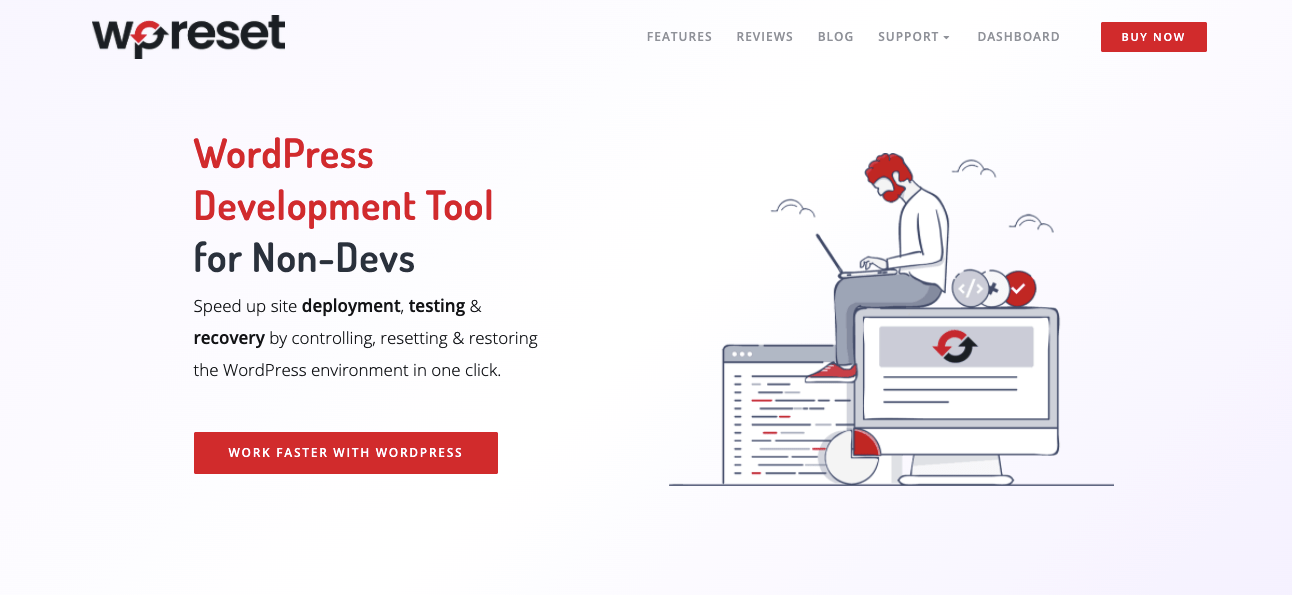If you have a WordPress website on which you regularly publish new content, chances are that your media library will eventually become cluttered with various images and other media files.
Obviously, since all content should be accompanied by such files because they help visitors to your site enjoy it better, you will probably be testing out various images and videos until you’re satisfied with how everything looks. Because of that, some files you upload to the library may never be used at all, and since everything you upload will be saved on your hosting server, this can cost you valuable space.
An overfilled #MediaLibrary can affect your website’s speed, which an important factor in the overall #UserExperience and something #Google takes into account when determining your site’s rank.
So, as you can see this is a fairly important issue. But what should you do about it? Well, you can, for example, be careful with what kind of images you’re uploading. People often forget about this and upload images that are just huge. Fortunately, this can be resolved with image resizing because that way you can scale down the image without losing anything on the quality front.
Another factor that should be taken into consideration is the image file format. JPG is the best one to use if you want to save space. True, it doesn’t have the best quality, but this is not that noticeable when you compare it to some other file formats.
On the other hand, the amount of space you save this way can be quite significant.
Deleting images
![]()
At some point, you will have to start deleting images. If you opt for that, the first thing you should look to eliminate is the duplicates of the images you’ve uploaded. You see, WordPress can create several different formats of any image you upload, and these can fill up your available disk space quite quickly.
After that, look for the files you’ve uploaded but have never used. As discussed a bit earlier, these can stack up with time, so getting rid of them is another way to make more room.
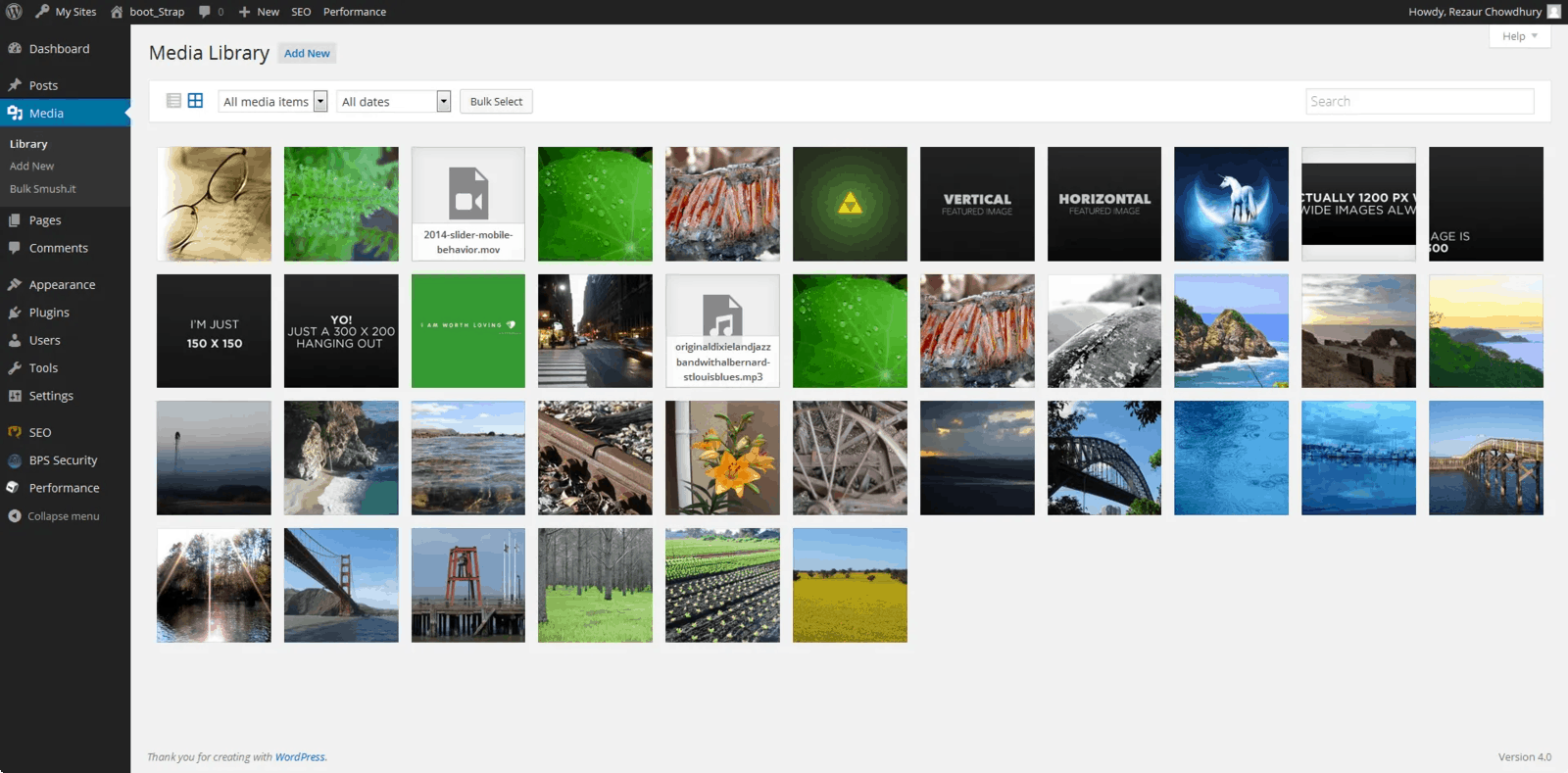
But in order to avoid doing all of this manually, which can take away a lot of time from you, you can find a plugin that will do the job for you. This is WordPress after all, did you expect that there would be no plugins for this particular purpose?
There’s a plugin practically for everything, and cleaning up media libraries is no exception. And just like anything else WordPress-related, there are quite a few products to choose from. Here are a few of the most popular examples:
WP Reset
WP Reset is a great solution for managing media libraries because it is very easy to use and has several options with which you can get the job done quickly and safely.
You see, this plugin can also serve as your website’s backup solution (in a way) because you will be able to easily switch back to the state before any cleaning up was done. In other words, if you make a mistake and delete something you didn’t really want to delete, you can restore things with just a click.
But that’s just the tip of the iceberg when it comes to the features and possibilities you get with this product. Oh, and the support you get from the development team is fantastic. So, do check out what this piece of software can do for you if you need to manage and maintain a well-running website. You will be pleasantly surprised.
Media Cleaner
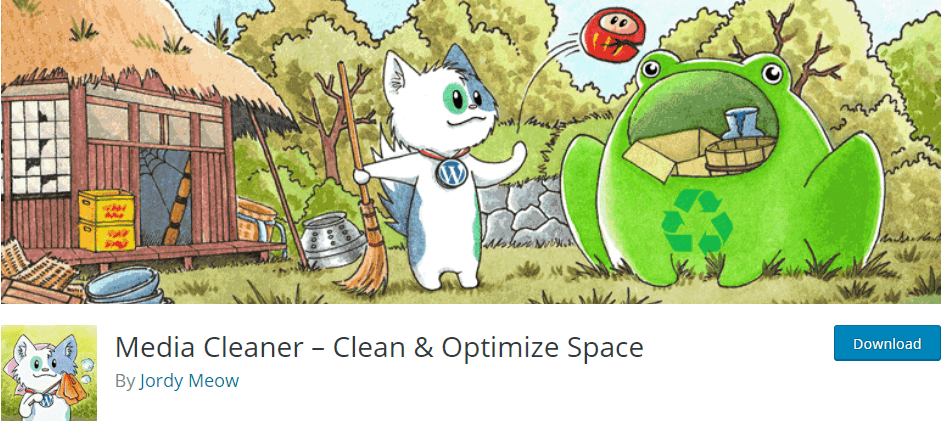
This is a simple but very efficient way of keeping things under control.
As soon as you install Media Cleaner, it will go through your media library and then transfer all the files you are not using anywhere on your website to trash. This does not mean they are immediately deleted, though – as a fail-safe mechanism, you will be able to browse once again through all the files the plugin has deemed to be unnecessary and then choose which ones you want to delete permanently.
Image Cleanup
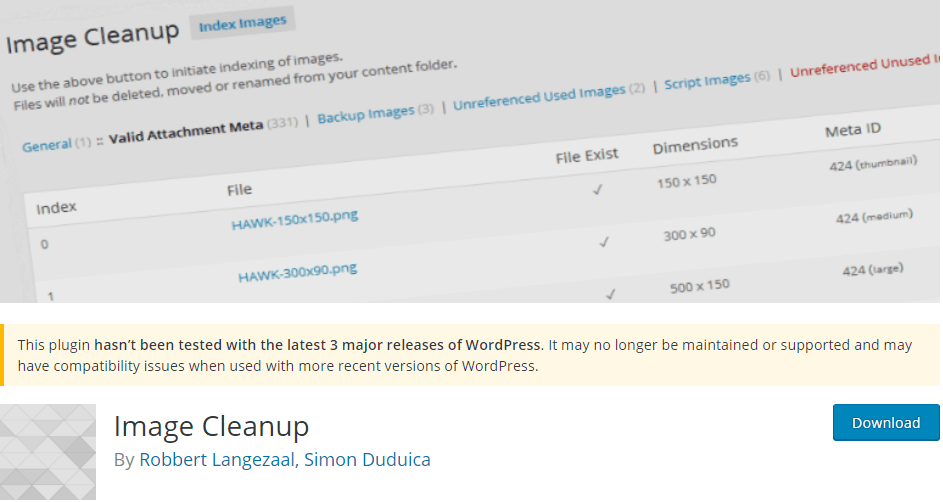
This plugin works very much like the previous entry on this list. It too will check your library for items that are not used and place them in a separate folder where you can review them later.
However, it should be noted that Image Cleanup also takes a look at the metadata of each image and notifies you if it’s incorrect or missing. This can be useful if you’re optimizing your website.
WP-Optimize
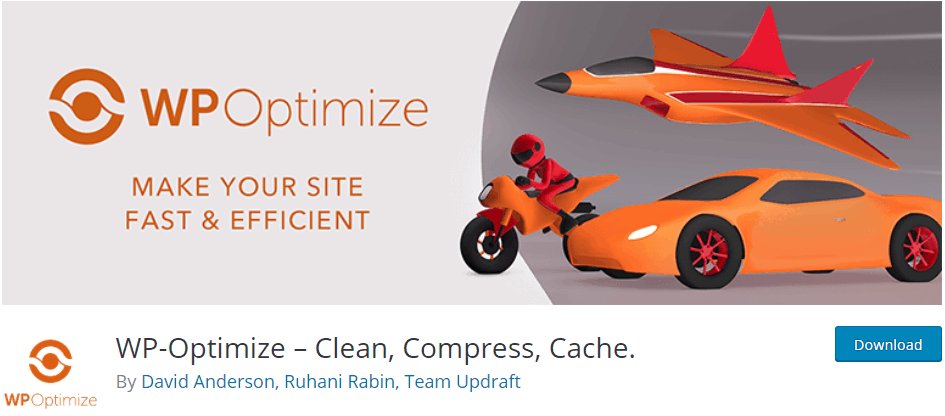
While this is not a plugin focused just on cleaning up your WordPress media library, it is nevertheless a great tool to use for this particular purpose. WP-Optimize will help your website reach its full potential and optimum performance, and dealing with images is a part of that process.
You can set several parameters when deciding which images will be removed and even set up a schedule so that the plugin checks your website on a regular basis.
Conclusion
As you can see, there are many important reasons why you should keep your WordPress media library nice and tidy. It will save you disk space on your hosting server, help you maintain your website’s speed, and make finding your way around those files generally much easier.
There are some tips that can help you use your library’s space more efficiently (being mindful of the image size, for example), but eventually, you will have to delete something.
When that moment comes, you can go in by yourself and remove things manually, or you can use a plugin. Given that there are likely to be quite a lot of files in your library that need to be removed. Going with the latter option seems like a wise choice.
Plugins can take one quick look at your media files, determine which ones are not needed, and then simply compile a list of those that should be deleted. You’re the one in control all the time, though, because you still have to pull the trigger. So make your life a lot easier and get a plugin to help clear up your media library. You’ll be glad you did.
